Spring chickens: Samsung Galaxy S5 vs Sony Xperia Z2 comparison preview
Design
Our cage fight begins with the rather different chassis each company made for their Spring 2014 flagship. Apart from the design and water resistance certification differences, the two handsets differ in overall dimensions, too. The Galaxy S5 might be taller and wider than last year's S4, but compared to the Xperia Z2, it actually comes shorter, and more manageable in the hand. Sony's phone is also slightly heavier, but that's the price to pay for choosing premium materials for the chassis.
The Xperia Z2 is crafted in the best traditions of Sony's OmniBalance design, with glass front and backplate, clasped into a sturdy aluminum frame. Galaxy S5 looks less premium, despite the new rear design with perforated looks. Despite that both phones are certified as waterproof, the back cover of the Galaxy S5 is still removable, revealing the swappable battery, micro SIM and microSD slots. There is a rubber edge that seals those compartments when the back cover is snapped back on, and a protective flap on the USB port at the bottom, and that's that.
Xperia Z2 offers a unibody design with sealed battery, and all the ports and slots covered on the sides, but it's IP58 certification is higher than the IP57 one on the S5. Sony's phone can stay in up to five feet (1.5m) of water for up to an hour, whereas the Galaxy S5 can be used in the bathtub, rain or shower, but dunking it is allowed at only up to three feet (1m) of water, and for a maximum of half an hour.
Extra features

Xperia Z2 stereo speaker
Displays
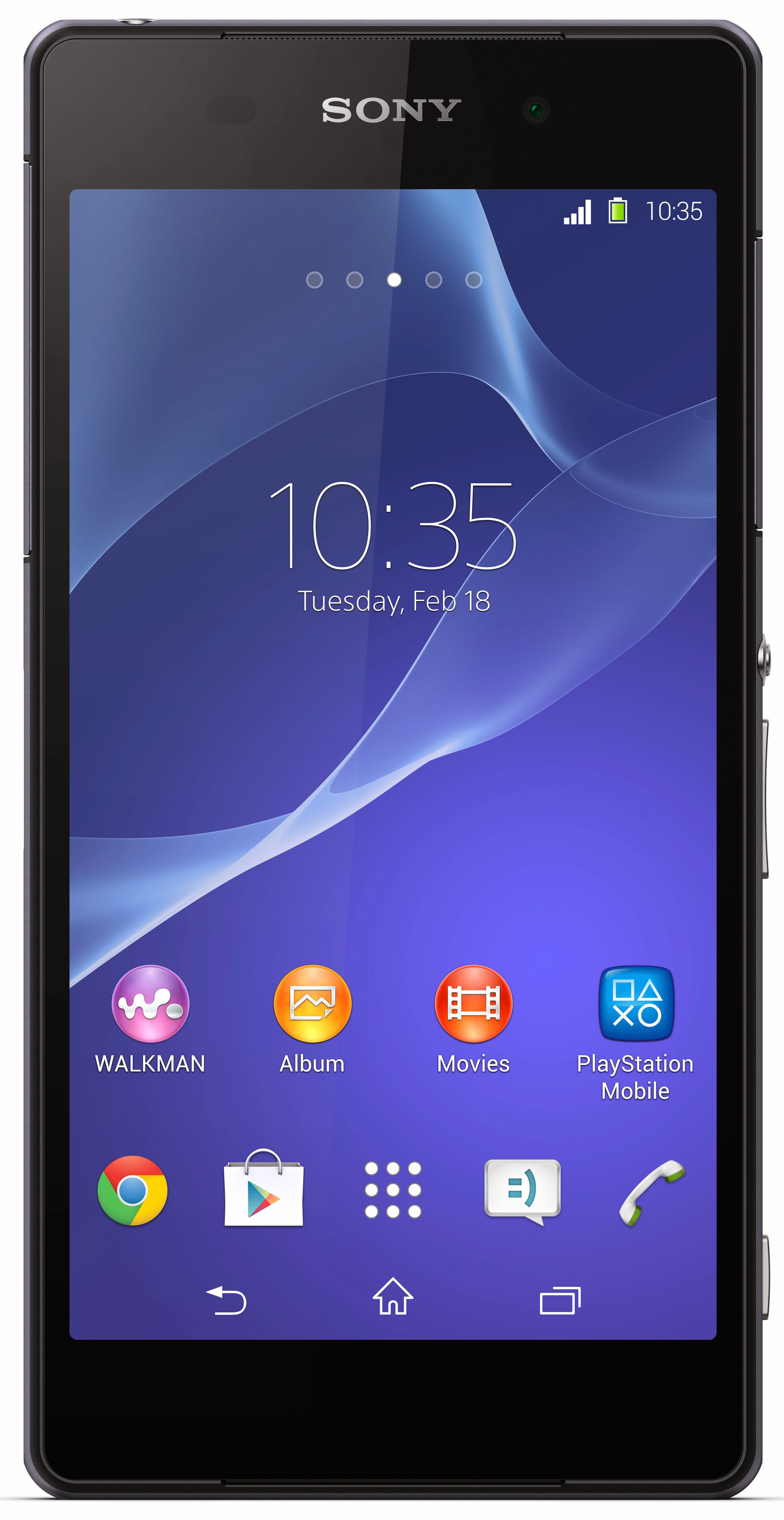
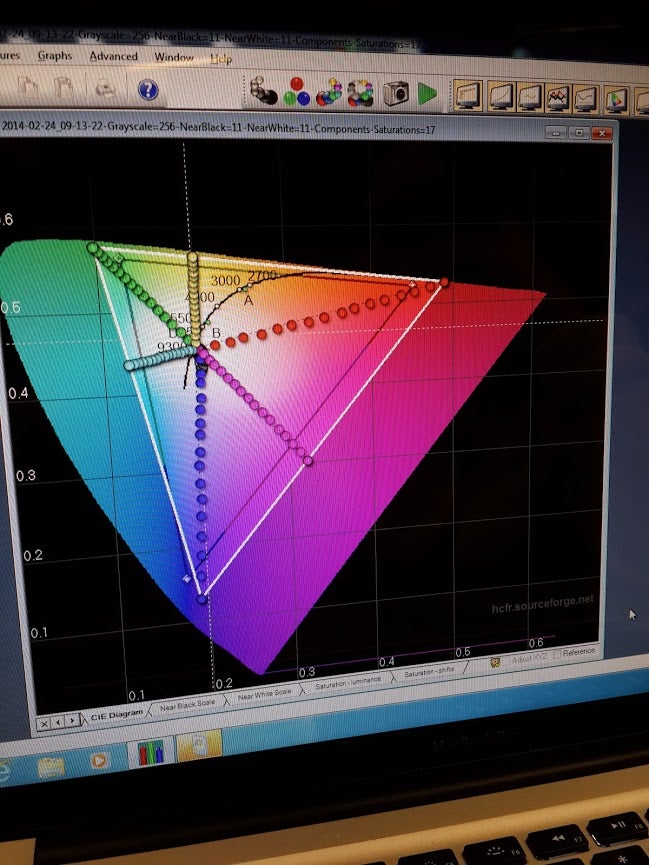
Z2 display has commendable color accuracy
Thus, on the color representation front, the Z2 screen might perform better than the 5.1" 1080p panel of the S5. Still, Samsung offers several image modes to choose from in the display settings section, so one of those might be as close to the standard sRGB color gamut range as the Z2. We'll know for sure after the tests we make on the retail units.
Check out how much better the viewing angles and color presentation are on the Xperia Z2, compared to the Z1.

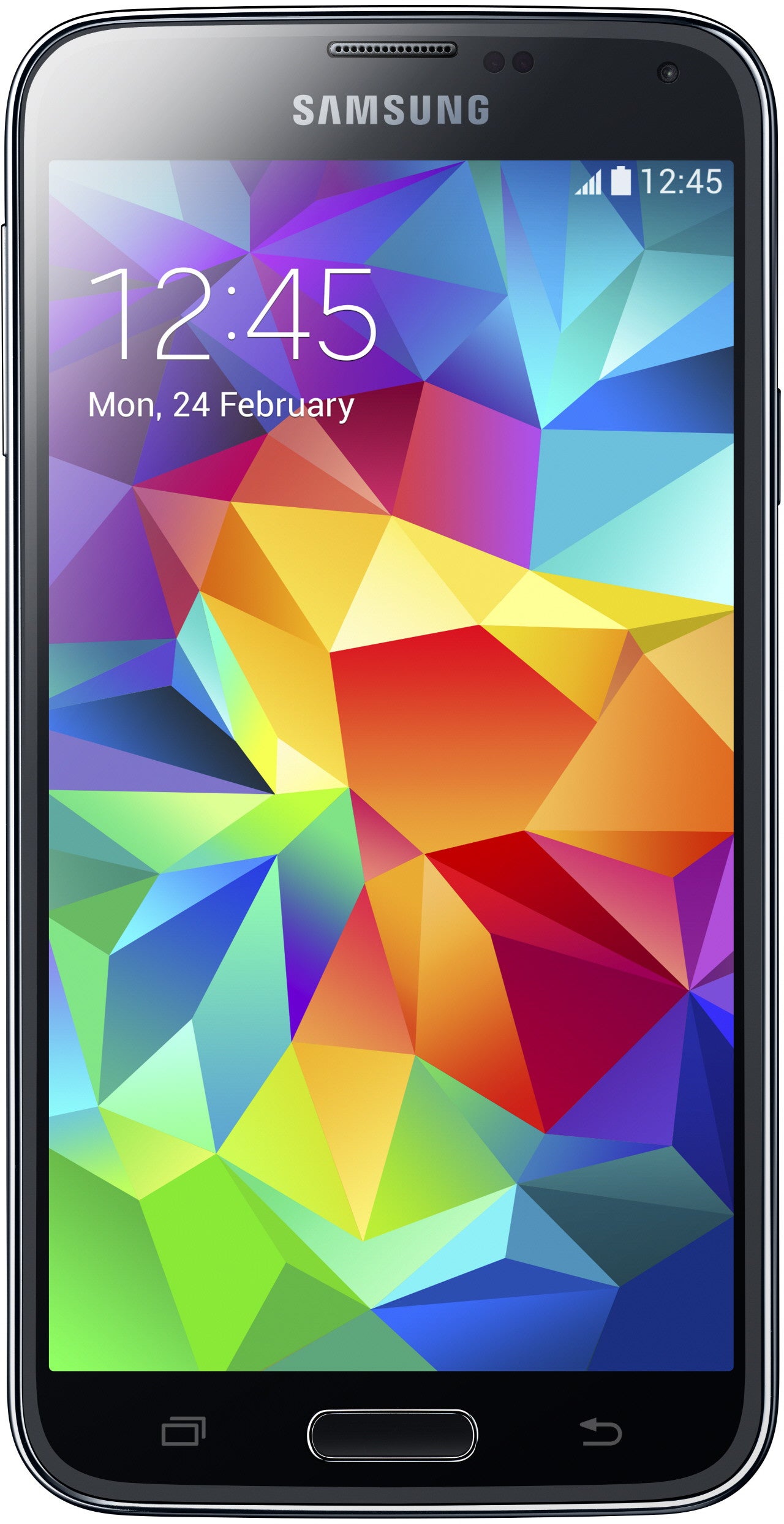
Usually, LCD displays, which use their own backlighting, are brighter than OLED ones. This often forces manufacturers to resort to innovative screen reflectance coatings for better outdoor visibility, and Samsung has a very good track record in that regard.
With the Galaxy S5, however, Samsung managed to craft a screen with 500 nits of peak brightness, and just 2 nits minimum, so this point is rendered moot, as that's the maximum brightness of a good LCD display, too.
Processors and memory
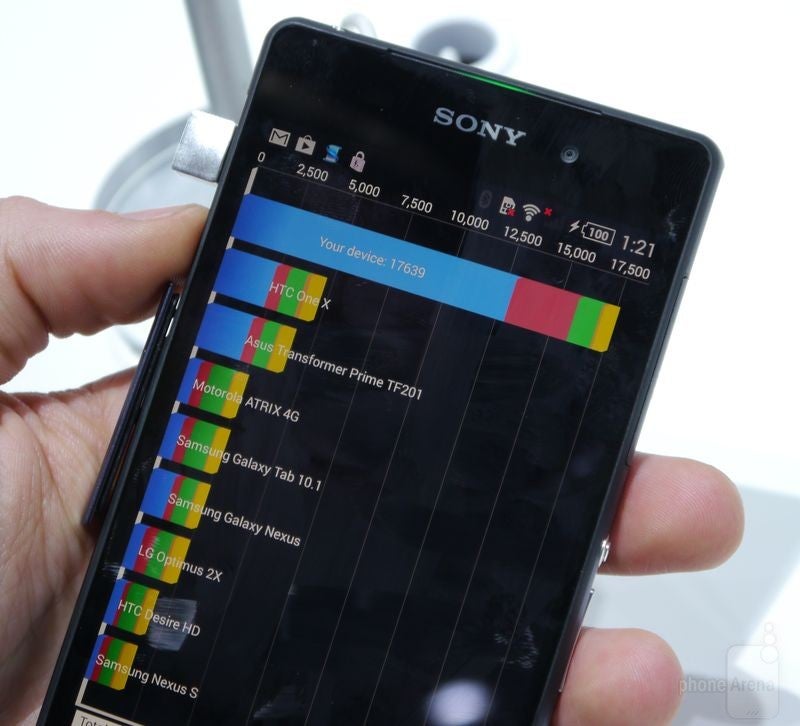
Even more important - we have dedicated image signal processors with it, for a 45% improvement in camera sensor processing speed, so both handsets seem to be futureproof in the silicon department, at least until Snapdragon 805 hits later this year. Check out the benchmarks we ran on a demo S5 unit, to gauge what's to expect from the new Snapdragon 801 processor that Samsung and Sony use.

Sony tops the Galaxy S5 in the RAM department, equipping the Z2 with the generous 3 GB, while the Galaxy S5 makes do with 2 GB, which on theory would mean less intensive multitasking, but in reality the noticeable difference might only be in app loading times. Both phones come with 16 GB of internal memory out of the box, and offer microSD slots for storage expansion.
Interface
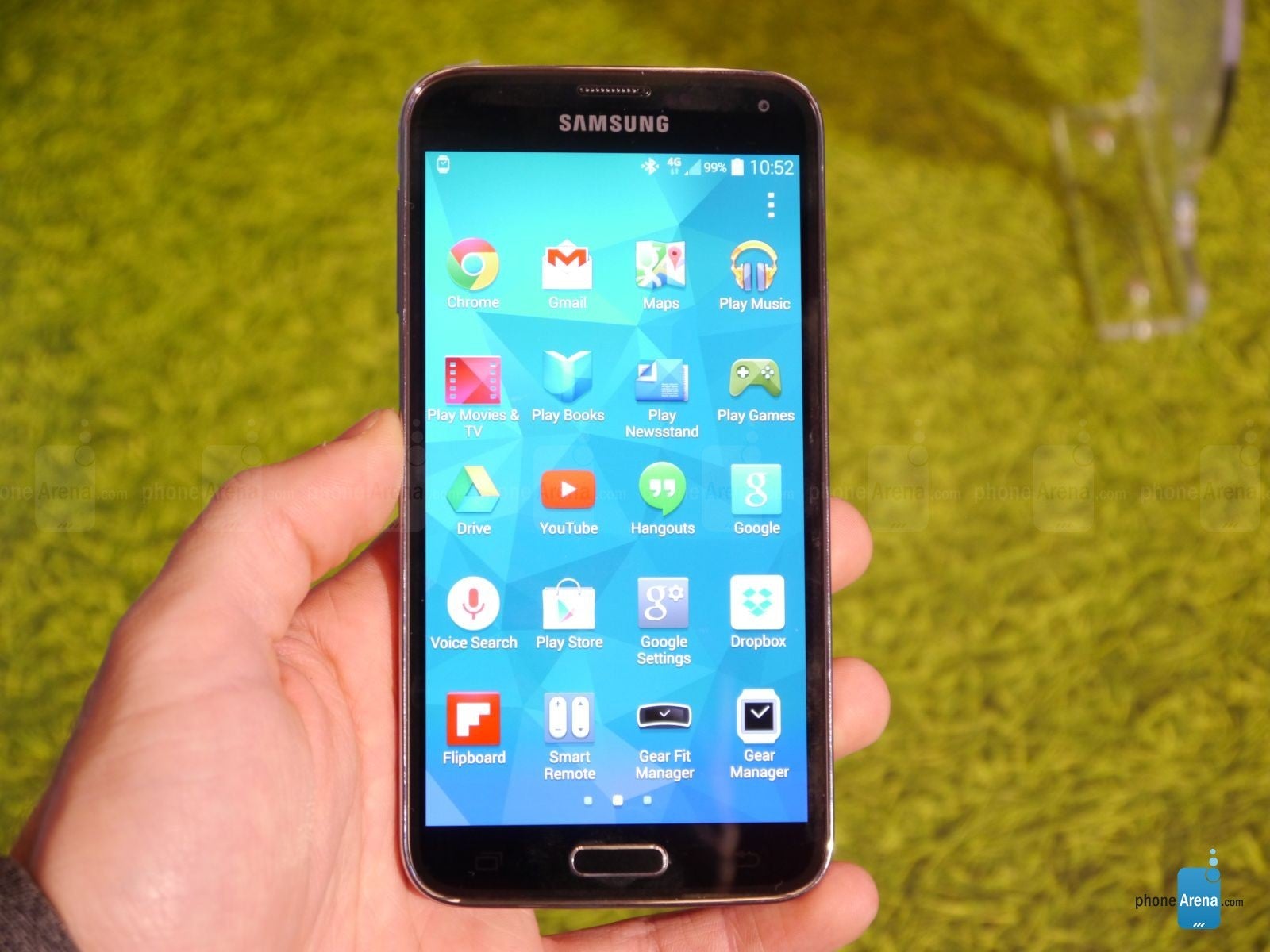
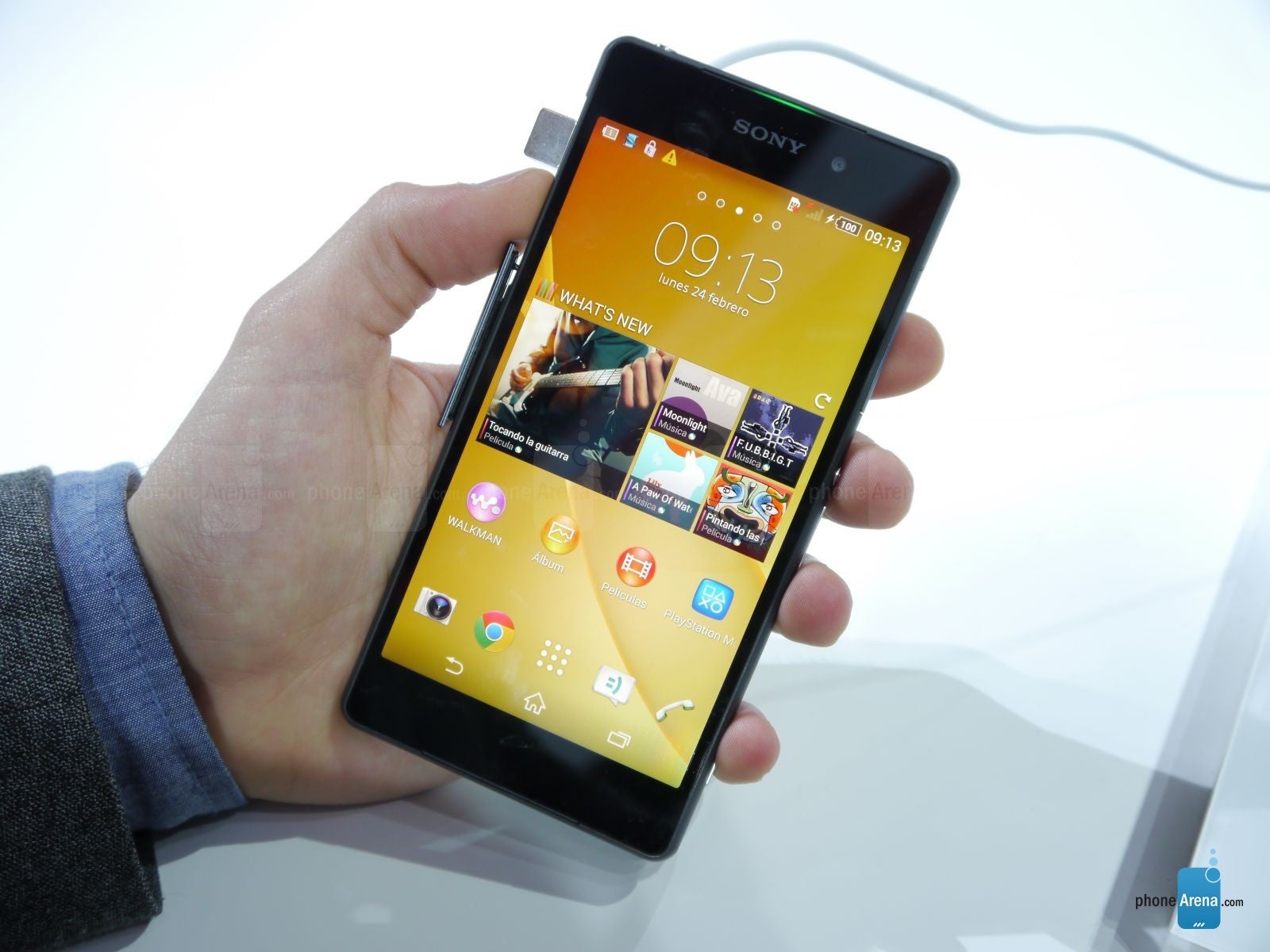
Cameras
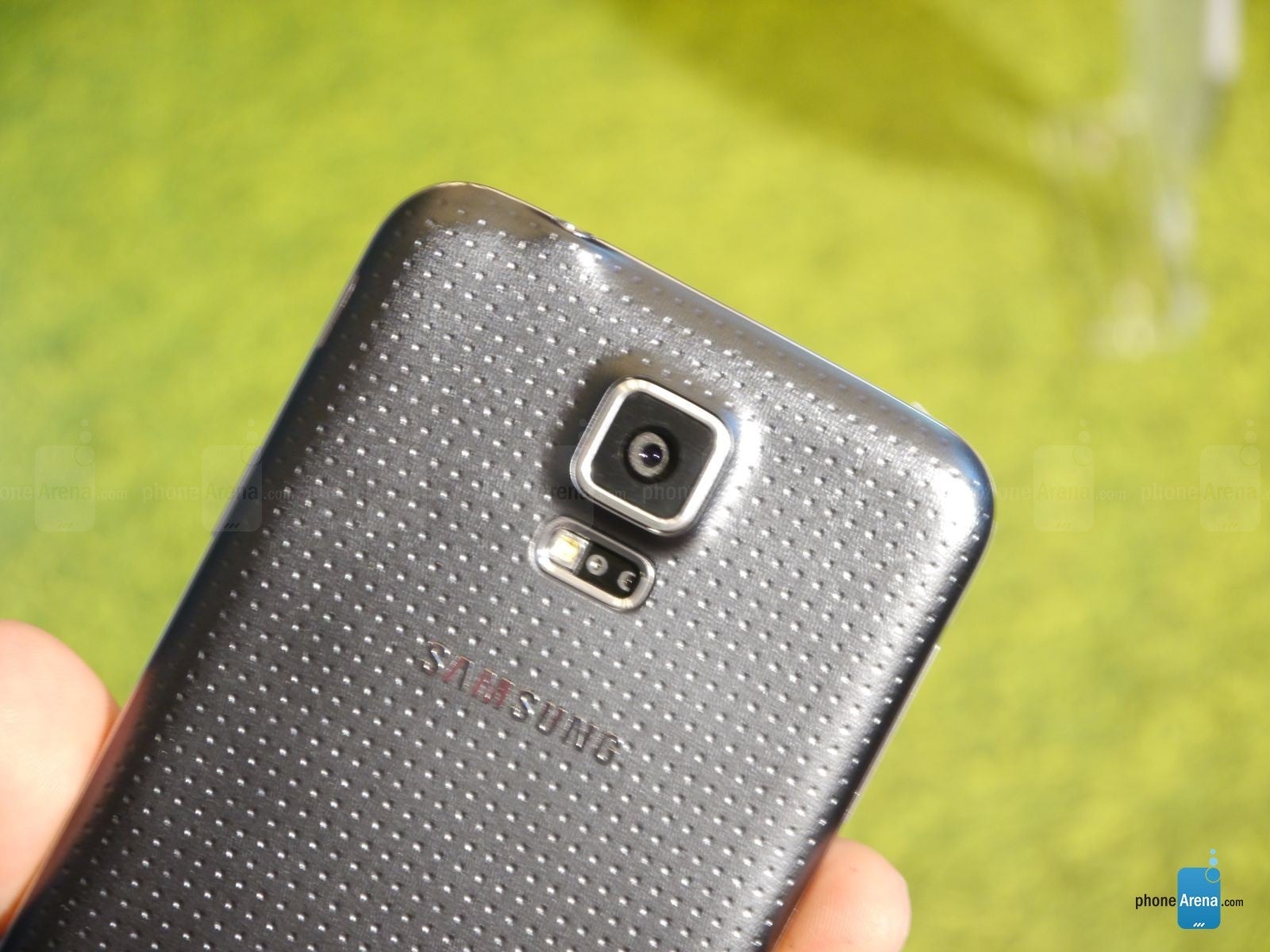
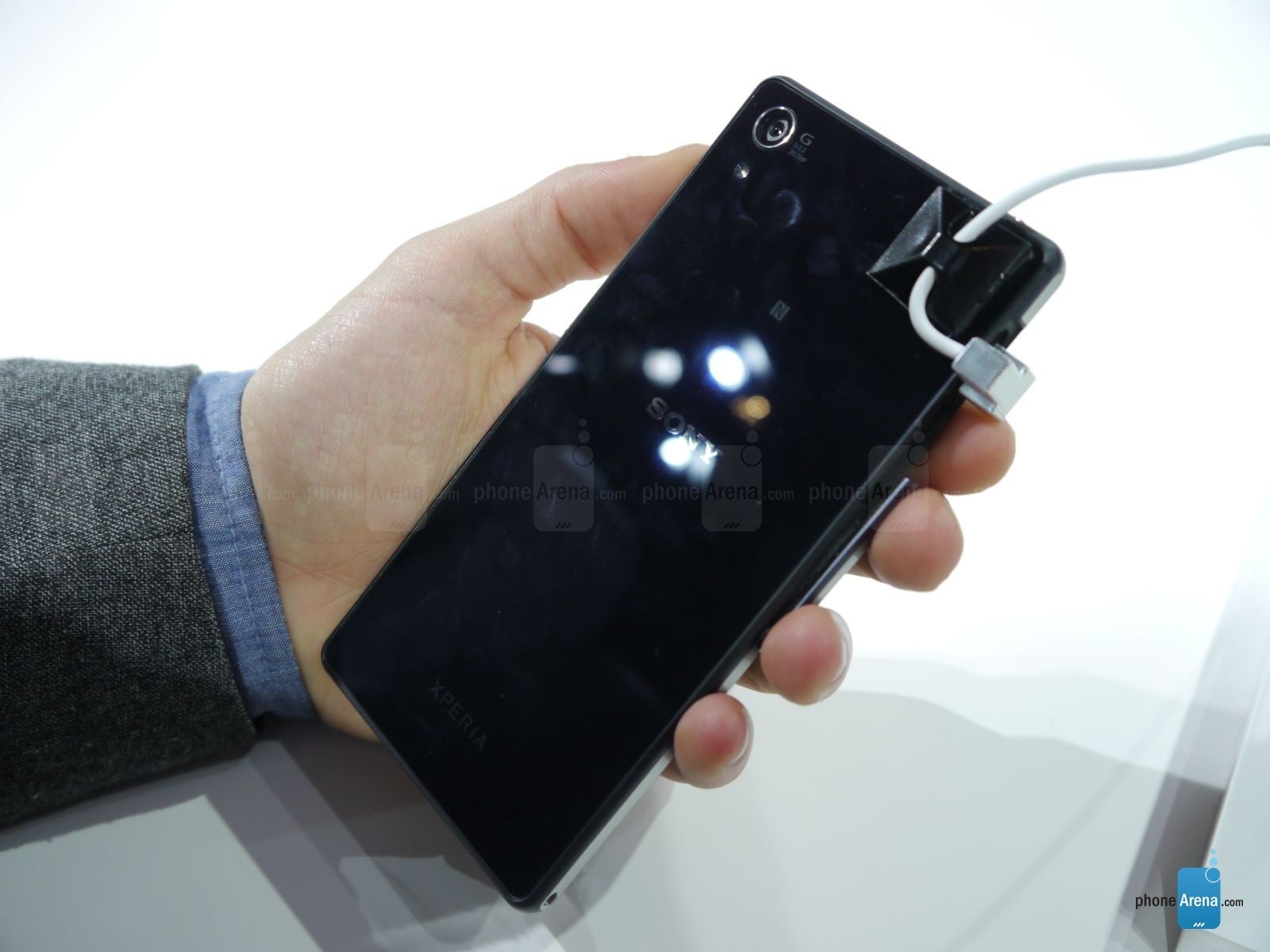
Samsung offers something similar, with real-time HDR photography for both stills and video, plus it combines the typical Contrast autofocus with Phase Detection AF, allowing impressively fast 0.3s shot-to-shot times. The Galaxy S5 camera interface is a bit easier to use with its large, easy to press option buttons, while the one on the Xperia Z2 offers a perplexing array of modes, that are arranged in a somewhat ragtag way.

Batteries
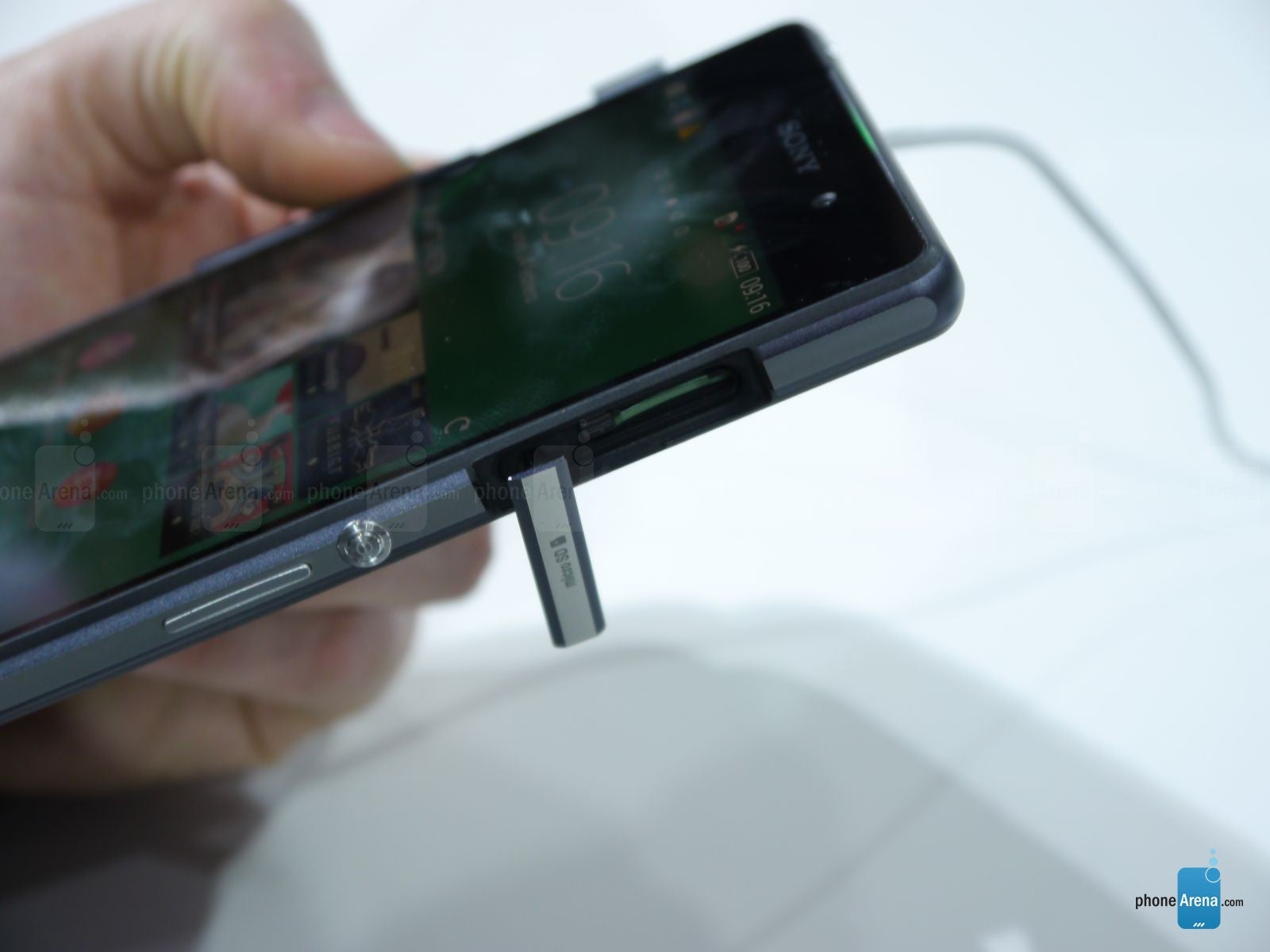
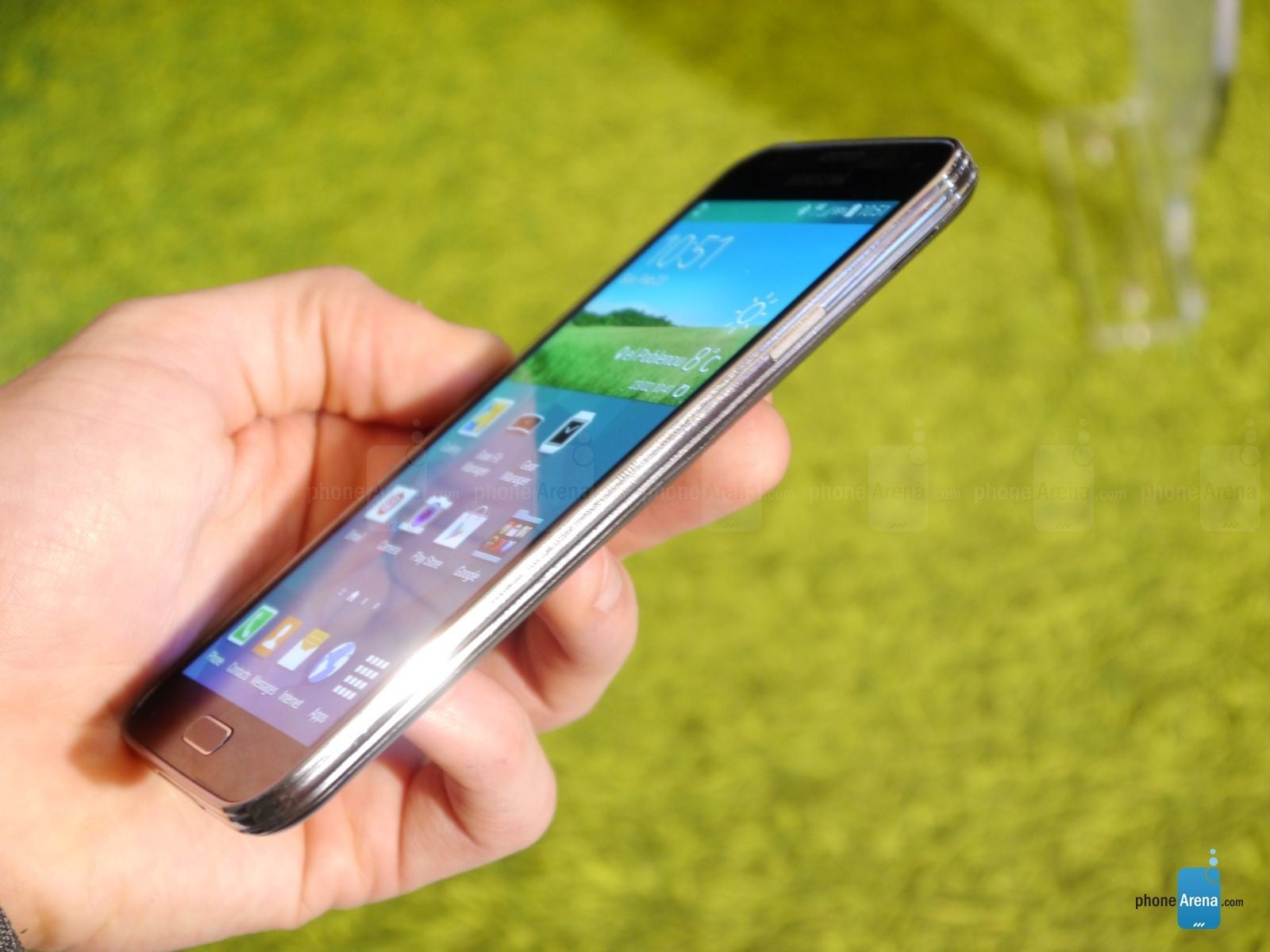

Those features combined are likely to make the Samsung Galaxy S5 last longer overall than the Sony Xperia Z2, with a similar usage pattern, despite the larger battery capacity in Sony's phone.
Expectations
If someone told us before the MWC that Sony would be the one chasing the specs sheet with its newest flagship, instead of Samsung, we would have found it hard to believe, yet that's what happened. The Xperia Z2 has a tad larger screen, and a larger battery than the Galaxy S5, plus more RAM, and a higher resolution camera. Its waterproof certification is also higher than the one on the Galaxy S5, and the design looks and feels more premium in the hand. The S5, however, is more compact, and a tad lighter, plus it carries two unique features - the Finger Scanner biometry, and a heart rate sensor on the back. Still, Sony counters these pretty well with the addition of its own audio extras, like stereo speakers, and a digital noise cancellation mode.
Thus the Sony Xperia Z2 combines both the beauty, and the beast, in its glass-and-metal chassis. Given that both phones are capable of 4K video recording, Galaxy S5 would only be preferable before the Z2, if it comes with lesser pricing, or if you long to unlock the phone with your fingerprint, and measure your heart rate on a regular basis. There are still quite a lot of important variables to consider, though, like the individual call quality, and battery life of the two Spring 2014 juggernauts, so stay tuned for our detailed comparison between the retail Galaxy S5, and Xperia Z2. Which one would you pick?

Follow us on Google News
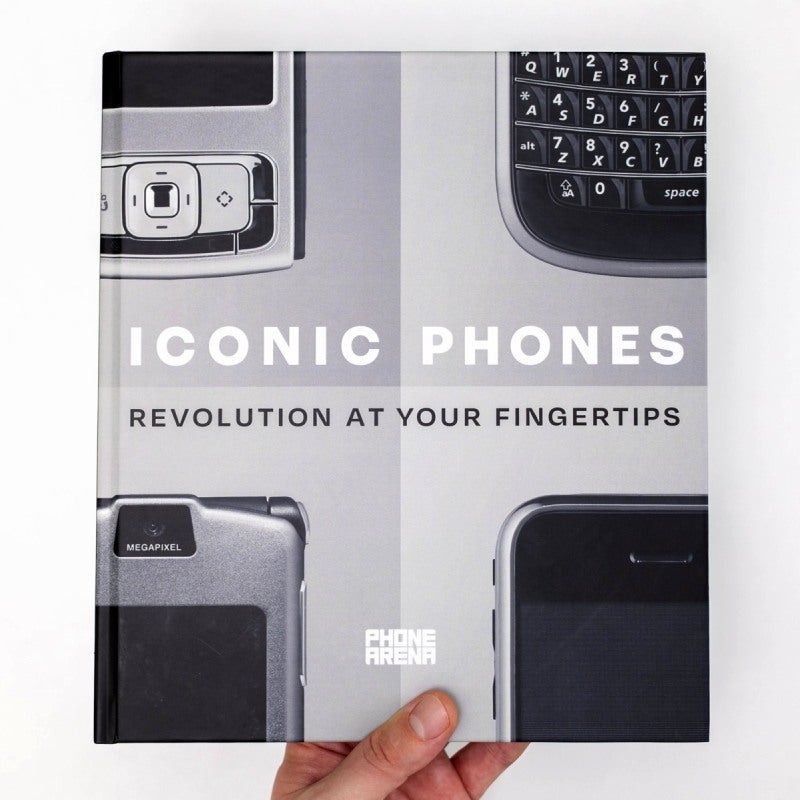

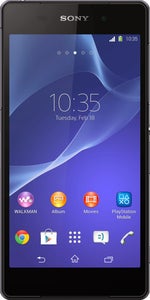
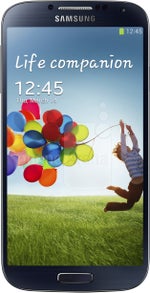
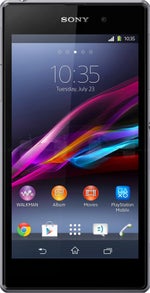





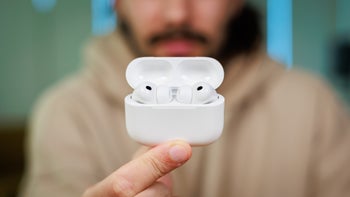
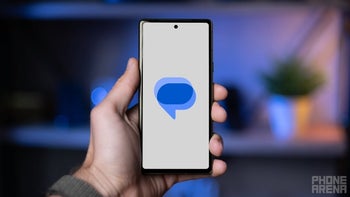
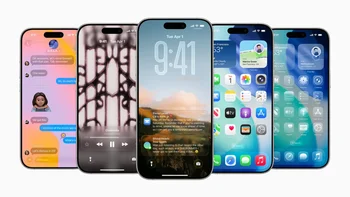

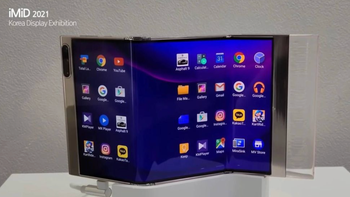
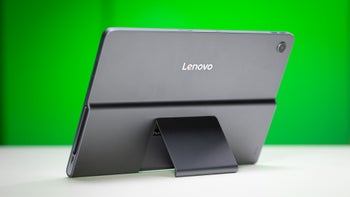
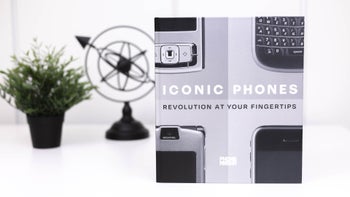
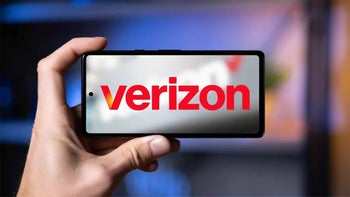
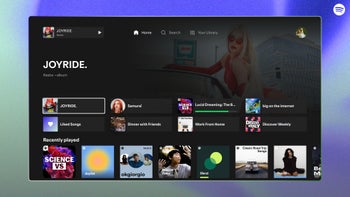
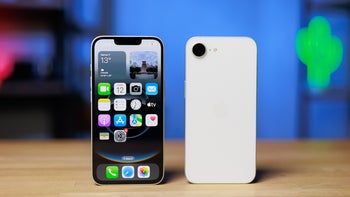
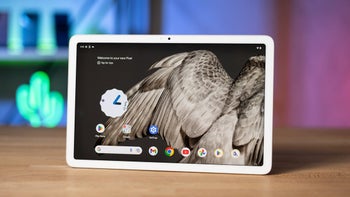
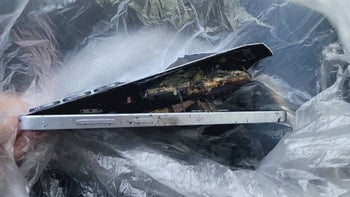
Things that are NOT allowed:
To help keep our community safe and free from spam, we apply temporary limits to newly created accounts: